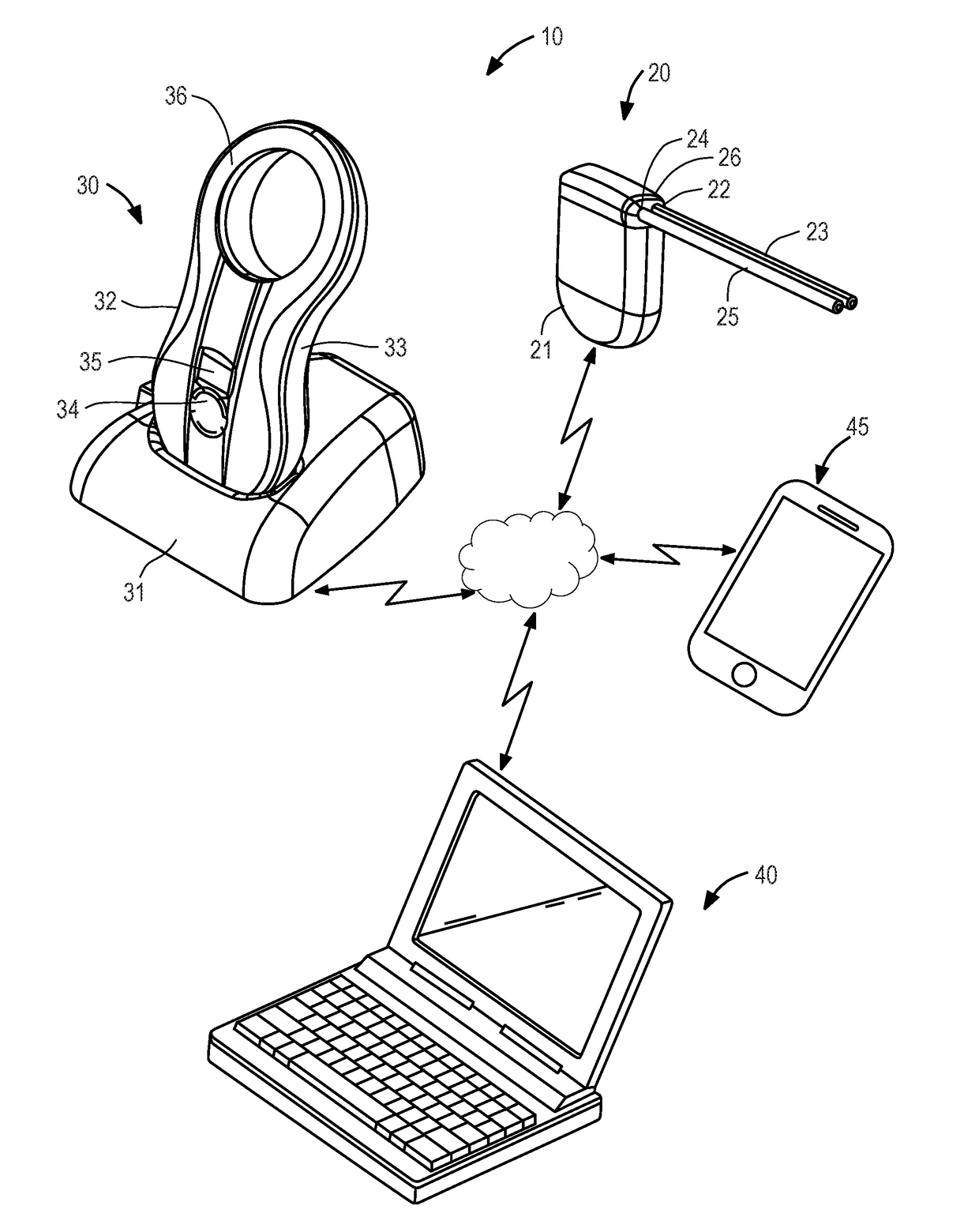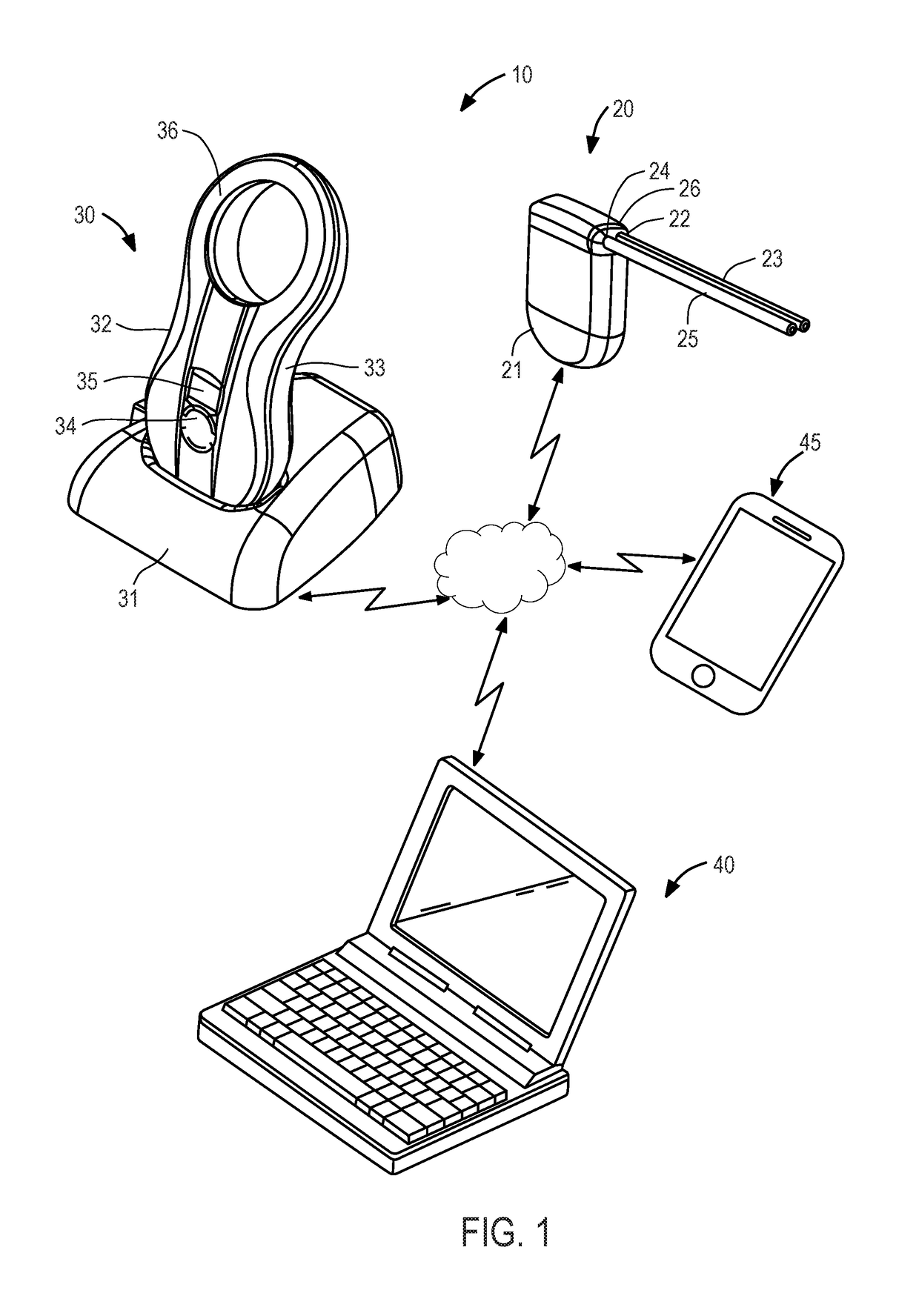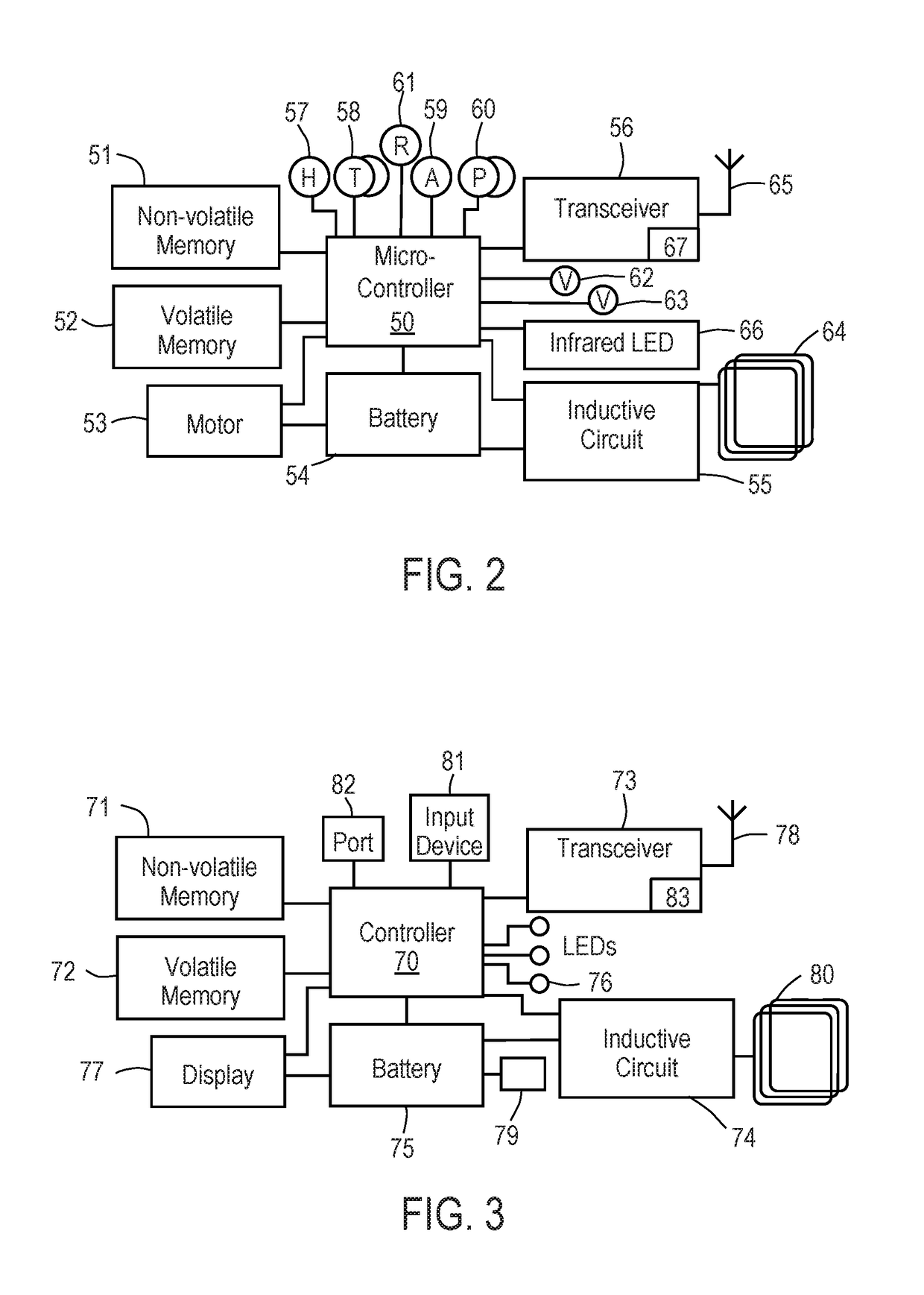Implantable fluid management system having clog resistant catheters, and methods of using same
a fluid management system and catheter technology, applied in the direction of flow monitors, intravenous devices, wound drains, etc., can solve the problems of increasing morbidity and mortality, and affecting the operation of the fluid management system, so as to reduce the potential for clogging and reduce the clogging
- Summary
- Abstract
- Description
- Claims
- Application Information
AI Technical Summary
Benefits of technology
Problems solved by technology
Method used
Image
Examples
Embodiment Construction
[0027]The fluid management system of the present invention comprises devices for facilitating removal of fluid from a body region, such as the peritoneum, pleural cavity or pericardial sac, where drainage is desired. The devices disclosed herein may be utilized for drainage of chronic excess fluid accumulation from one body cavity to a second body cavity, preferably the urinary bladder or the peritoneal cavity. To minimize the risk that inlet catheters disposed in a body cavity become clogged due to, for example, tissue ingrowth and / or solid objects within accumulated fluid, the system preferably includes clog resistant mechanisms such as clog resistant catheters and programmed routines for cycling fluid through inlet catheters in predetermined time intervals and / or responsive to sensed conditions.
[0028]Referring to FIG. 1, an exemplary embodiment of a system suitable for use with the clog resistant mechanisms of the present invention is described. System 10 is similar to that descr...
PUM
 Login to View More
Login to View More Abstract
Description
Claims
Application Information
 Login to View More
Login to View More - R&D
- Intellectual Property
- Life Sciences
- Materials
- Tech Scout
- Unparalleled Data Quality
- Higher Quality Content
- 60% Fewer Hallucinations
Browse by: Latest US Patents, China's latest patents, Technical Efficacy Thesaurus, Application Domain, Technology Topic, Popular Technical Reports.
© 2025 PatSnap. All rights reserved.Legal|Privacy policy|Modern Slavery Act Transparency Statement|Sitemap|About US| Contact US: help@patsnap.com



